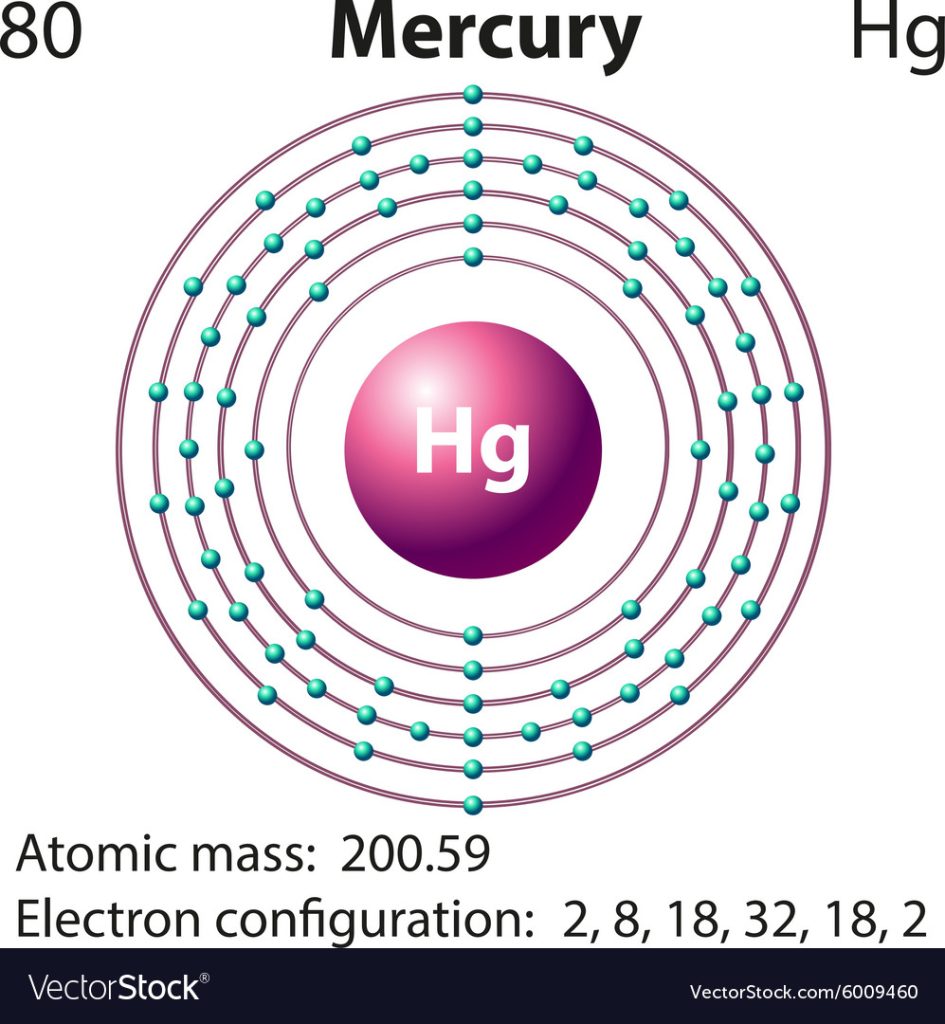Mercury, known by its other names such as Hydragyrum and Quicksilver, is a fascinating yet hazardous element that has played a significant role in various industries throughout history. This liquid metal, with its unique properties and applications, has faced increased scrutiny due to its detrimental impact on human health and the environment. In this blog post, we delve into the world of mercury, exploring its chemical properties, industrial uses, health risks, and the importance of monitoring and regulation.
Chemical Properties and Other Names:
Mercury is represented by the chemical symbol Hg and holds the CAS number 7439-97-6. Commonly known as Quicksilver or Hydragyrum, this silver-white liquid metal is characterized by its mobility, lack of odor, and notable applications in various fields.
Industrial Uses:
Mercury has found its place in diverse industries, including pharmaceuticals, chemical laboratories, meter manufacturing, and fluorescent lighting. Its unique properties, such as being a fair conductor of electricity, have led to its use in devices like barometers, thermometers, hydrometers, pyrometers, and mercury arc lamps generating ultraviolet rays. Despite its historical significance, the use of mercury is gradually declining due to its high toxicity and environmental impact.
Health Risks and Exposure:
Mercury exposure poses severe health risks, as it can be absorbed through the skin, mucous membranes, gastrointestinal tract, and respiratory tract. Chronic exposure to mercury can lead to kidney damage, inflammation, muscle tremors, and central nervous system disorders. The toxicity of mercury extends to its impact on organs, fertility, and fetuses, making it a significant concern for human health.
Regulations:
Recognizing the dangers associated with mercury exposure, regulatory bodies have established exposure limits to safeguard individuals in various settings. The most recent exposure limits include values from organizations such as the Environmental Protection Agency (EPA), Occupational Safety and Health Administration (OSHA), and the National Institute for Occupational Safety and Health (NIOSH).
- Not Recommended (AEGL-1 – 8 hrs) – EPA
- 0.33 mg/m3 (AEGL-2 – 8 hrs) – EPA
- 2.2 mg/m3 (AEGL-3 – 8 hrs) – EPA
- 0.1 mg/m3 (C – 10 min) – OSHA
- 0.05 mg/m3 (TWA) – NIOSH
Measuring Mercury:
All of those units can be found here: https://www.gas-sensing.com/information/mercury
Accurate measurement of mercury concentration is crucial for assessing exposure levels and ensuring compliance with safety standards. The Mercury Badge, featuring three cells attached to a flat indicator layer, provides a reliable method for monitoring mercury vapor in the air. The color change from white to purple on the indicator layer directly corresponds to the exposure level, offering a visual indication of potential risks.
As mercury continues to be a part of various industrial processes, understanding its properties, health risks, and adhering to regulatory standards are imperative. Monitoring technologies, like the Mercury Badge, play a pivotal role in ensuring a safe working environment and minimizing the adverse effects of mercury exposure. As industries evolve, adopting safer alternatives and practices becomes essential to protect both human health and the environment from the silver threat that lurks in laboratories and beyond.

